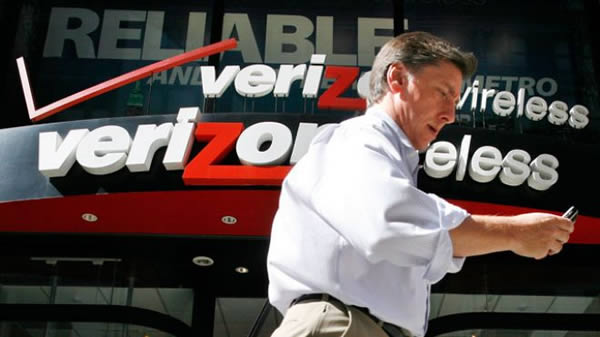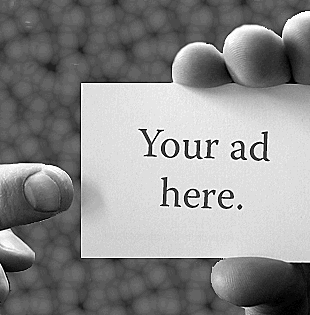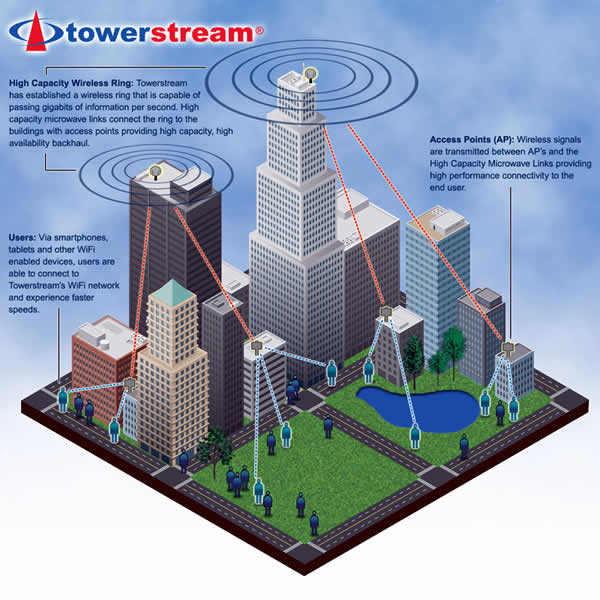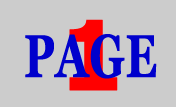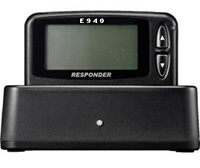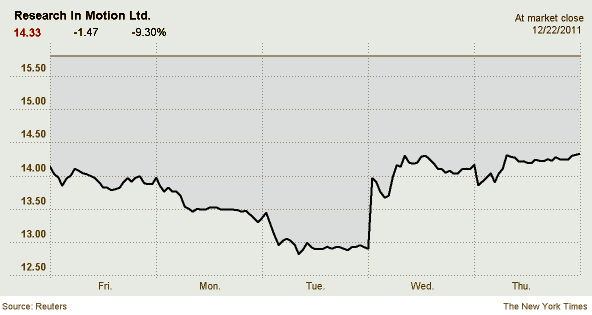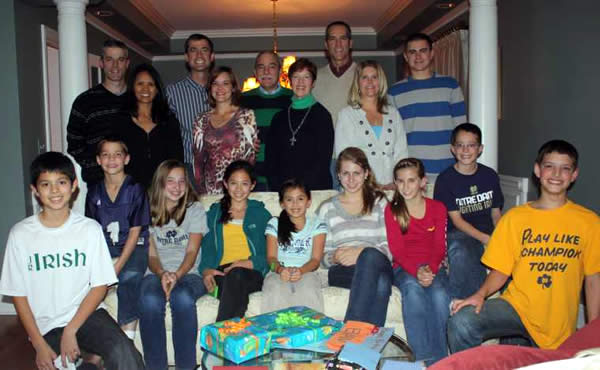BUSINESS | 12/21/2011 @ 7:33AM Lightscrewed: How Washington Whipped Phil Falcone By Daniel Fisher, Forbes Staff 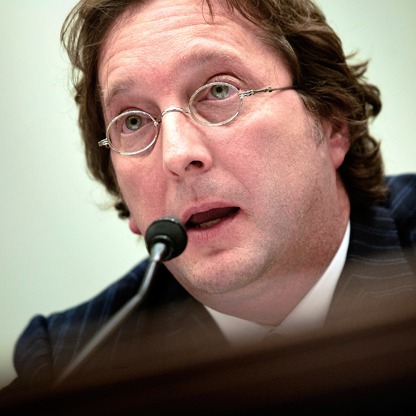
He followed all the Beltway’s rules to build the next generation of wireless communications. Then the GPS industry, the cellular carriers and one powerful senator decided he was serious. This story appears in the January 16, 2012 edition of Forbes magazine. In November U.S. Senator Charles Grassley , the Iowa Republican best known for his support of ethanol subsidies and lower tax rates, took a break from the debate over extending the payroll tax cut to put a hold on two nominees for the five—member Federal Communications Commission board. He cited the agency’s failure to “make itself accountable to Congress and the American people.” To anyone outside the Beltway, Grassley’s move would seem confusing. While he’s a longtime fixture on the Senate Judiciary and Agriculture committees, Grassley doesn't sit on any of the panels that directly oversee the FCC. But ask Washington insiders and you get a knowing smile. He’s simply looking out for one of his most important corporate constituents, they say, a firm with a keen interest in telecommunications policy: Deere & Co. Why does the manufacturer of John Deere tractors care about the FCC? Because many of the machines that roll out of Deere’s tractor factories in Waterloo, Iowa to plant and harvest fields across the world are equipped with high-precision Global Positioning System devices to help farmers seed more accurately and conserve fuel. That, surprisingly, puts Deere in direct conflict with New York hedge fund manager Philip Falcone and his plans to build a cellular telephone network called LightSquared. Deere fears Falcone’s phones will degrade the accuracy of its GPS devices. So Deere is pressuring the FCC to block Falcone’s plans. And Grassley is using his power to make the FCC pay attention. He accuses the Obama Administration of favoring Falcone, who’s contributed more than $100,000 to Republican and Democratic causes in the past four years, over Deere and the GPS industry. Grassley , Deere and the FCC all declined to comment. ( Note — after publication Grassley’s office had this to say (complete comment below): “The FCC controls a major public resource in the spectrum, and it has a responsibility to handle that resource without inflicting damage on consumers and other existing spectrum users and permit holders.”) If you’re confused, just imagine how Falcone feels. He thought he’d cleared the last hurdle standing between him and the trade of his life in January 2011, when the FCC granted LightSquared permission to operate a combined cellular/satellite communications network in the so-called L-band, adjacent to the frequencies GPS uses. That theoretically made Falcone’s 56 megahertz of radio spectrum, purchased for about $2 billion in a series of transactions a few years ago, worth as much as $17 billion. What he hadn't counted on was politics: the strength of the GPS lobby and incumbent cellular carriers like Verizon and AT&T, all of which have their own reasons to keep Falcone off the air. In the last 12 months he’s faced a barrage of congressional hearings and negative articles accusing him of everything from compromising national security to endangering the safety of airline passengers. In December an arm of the Commerce Department released a report suggesting LightSquared would interfere with a GPS-driven ground-alert system for commercial aircraft. Naturally, an advance copy was leaked to the press. “This is a political process,” says Gerald Faulhaber, an economist at the University of Pennsylvania’s Wharton School and former chief economist at the FCC. “You have to understand that.” Seated in the offices of his hedge fund, Harbinger Capital, 31 floors above Park Avenue in New York, Falcone recalls a lobbyist telling him what he was up against. “You’re not only fighting GPS,” Falcone says, his shirt open to reveal a glimmering pendant of Ganesh, the Indian god for overcoming difficulties. “You’re fighting GPS and the big boys.” And he’ll probably lose. *** 
Deere friend: Senator Charles Grassley. Image by AFP/Getty Images via @daylife
|
If you’re looking for an example of how well-intentioned Washington policy can go horribly wrong at the hands of powerful industry interests, you’d have a hard time finding a better one than LightSquared. For much of its history the FCC granted radio licenses for free as part of a bargain in which television stations, say, had to serve the public interest by presenting all sides of a political debate. That all changed in 1994, when the FCC held its first spectrum auction, raising $650 million for ten nationwide cellular licenses. Since then the government has raised $52 billion by selling spectrum to owners who can do pretty much whatever they want as long as they don’t transmit on frequencies that belong to somebody else. The spiraling price for radio spectrum has created the equivalent of land developers who buy underused frequencies, pay the existing “tenants” to move out and then apply to the zoning authorities—in this case, the FCC—to build skyscrapers on the land. In the 1990s Craig McCaw pioneered this frontier, snapping up taxi-dispatch licenses around the country to assemble the Nextel cellular network. Falcone did the same thing in the mid-2000s, identifying potential value hidden in the licenses held by two satellite operators, Inmarsat and SkyTerra. Falcone bought debt and equity in both companies and by 2007 had engineered an agreement where Inmarsat leased its spectrum to SkyTerra to assemble a single 20-megahertz block. The problem was the existing tenants. Or, in Falcone’s case, squatters. The GPS system operates on a slice of spectrum between 1,559 megahertz and 1,610 megahertz. But the transmitters on GPS satellites are weak: the equivalent of a 50-watt light bulb hanging 12,550 miles in the air. To pick up such faint signals, the GPS industry designed receivers that take in a broad swath of radio waves on either side, like an owl’s huge eyes that can see a single photon in the darkness of night. Instead of zeroing in on the GPS frequencies alone, they take in the entire GPS band plus Falcone’s neighboring block. That allowed for cheap, handheld GPS devices. But it was based on the assumption no one would ever build on the lot next door. High-accuracy GPS devices like Deere’s need GPS signals plus a narrow data stream that comes down in Falcone’s block. That data stream is supposed to be moved, but few of the $15,000 devices have receivers that can be retuned to pick up the signal on another part of the spectrum. “When I look at the design now, I say, ‘How ignorant we all were,’” says Javad Ashjaee, a pioneering GPS engineer who now wants to sell filters to fix the problem. *** Falcone is an unlikely candidate to wade into this mess. The son of a utility superintendent who grew up in northern Minnesota, 5 miles from Bob Dylan’s hometown of Hibbing, Falcone went to Harvard on scholarship and started Harbinger Capital in 2001. He says he’s “always been a big believer in finite assets,” perhaps because he grew up in mining country. One of his most successful early trades was the purchase of an Australian iron-mining company. Falcone invested in a few wireless companies in the early 2000s. “But the more I thought about it,” he says, “the more I thought, ‘Okay, what’s the key ingredient for any wireless company? Spectrum.’” So he began looking for a big spectrum trade and came across SkyTerra, a moribund satellite company whose spectrum was hopelessly intertwined with Inmarsat’s. He instantly spotted the opportunity to combine them into one big band. Helping him was the rapid development of high-powered cellphone chips, which within a few years would reduce the size of a satellite-capable phone from a 2-pound brick to a standard pocket phone. He paid about 20 cents a megahertz pop—the megahertz of licensed spectrum times the population it can reach—compared with a going price of $1 or so today. For Falcone’s critics the sheer audacity of his trade argues against its legitimacy. “If this was authorized all along, then when he bought the spectrum it should have been priced that way,” says James Kirkland, chief counsel at GPS manufacturer Trimble. “This is the awkward fact.” Falcone says the price he paid is “irrelevant.” “I bought it when nobody else wanted to buy it,” he says. “With all the cobwebs on it.” *** Falcone’s reputation as a volatile hedge fund manager with a social-climbing wife hasn't helped his case. (New York magazine accused Falcone and his wife, Lisa Maria, of doing everything “short of grabbing the sun and physically shining it upon themselves” to break into Manhattan society.) His firm swelled to $26 billion in assets after a successful bet against subprime debt in 2007 — Falcone pocketed $1.7 billion that year and still has a net worth of $2.2 billion — but Harbinger has since shriveled to $5 billion as investors question his Ahab-like pursuit of LightSquared. In early December the Securities & Exchange Commission notified Falcone it planned to sue him, reportedly for favoring Goldman Sachs over other investors when it wanted to withdraw funds. Harbinger said it will suspend redemptions from its four main hedge funds. Falcone declines comment on the SEC matter, on advice of his attorneys. Still, none of this bad press changes the fact that for a decade the GPS industry has known its receivers would be overwhelmed by signals from ground-based cellular transmitters, which are literally billions of times as strong. Deere complained about the 2001 merger of two SkyTerra predecessors, but did nothing more. The FCC allowed “ancillary” ground-based transmitters in 2003 to help L-band carriers get better coverage, and in 2004 the GPS industry’s main lobbying group endorsed SkyTerra’s plan to build a combined satellite/terrestrial communications network. By then Falcone was acquiring SkyTerra debt and equity and talking to Inmarsat about combining their frequencies into one block. In 2005 the FCC issued an order removing restrictions on the number of base stations SkyTerra could build. “This was the key,” Falcone says, brandishing the 69-page filing . “This was the golden key.” Both Trimble and Garmin, the biggest GPS companies, have warned investors since at least 2001 that their systems would suffer if the FCC reallocated spectrum near them. But it was only last year, when the FCC approved Harbinger’s takeover of SkyTerra, that the GPS industry started to complain in volume. By then Falcone had raised $2 billion in debt and equity to buy SkyTerra, launched a $1 billion satellite with the largest radio antenna ever put into space and agreed to pay Inmarsat $337 million for the use of its L-band spectrum. The FCC also licensed him to increase the power of his ground stations to 15 kilowatts, the same as conventional cell towers. Then in November LightSquared asked the FCC to allow its wholesale customers to sell “terrestrial only” cellular plans. The rest of the industry saw this as a threat, since it had assumed LightSquared would have to charge higher prices to meet the requirement that it build an integrated satellite/terrestrial system. But the objection may be hollow: LightSquared says it spent $50 million developing new Qualcomm chipsets that make it possible to offer dual-mode service at prices below cellular. LightSquared projects selling 1 gigabyte of data wholesale for $7, compared with the $50 or $60 the typical cellular customer now pays for a similar level of service. That would allow retailers like Best Buy to sell a phone, mark up LightSquared’s charge by four times or more and still undercut the big boys, who largely price their plans based on minutes of voice time instead of gigabytes of data. “Our advantage is we don’t have to protect the voice revenue,” says Sanjiv Ahuja, LightSquared’s chief executive. “We want to destroy the voice revenue.” As you’d expect, Verizon and AT&T filed objections to LightSquared’s plans, saying it represented a “major” modification of the original satellite communications license. AT&T, which sells a competing dual-mode phone for $799, declined to comment on the filing. Verizon said it is concerned about the GPS systems in most of its phones. The GPS industry, meanwhile, maintains it will drop its objections to LightSquared’s plans only if the company pays the full cost of upgrading millions of GPS receivers to filter out ground-based signals on its adjacent frequencies. The industry sold those devices in the belief the FCC would never allow such powerful signals so close to the GPS spectrum, says Kirkland. He compares Falcone to somebody who decides to build a rock venue in the middle of a once quiet neighborhood. “GPS is the greatest gift to the world since the Marshall Plan, and here comes LightSquared saying, ‘We just bought some spectrum for satellite values and we want to build a cellular network,’” he says. “And it’s this huge industry’s fault.” Falcone says it’s absurd to expect him to pay to fix 300 million GPS receivers so they don’t listen to his part of the radio spectrum. The big problem the industry faces is liability, he says. “I have to pay for their mistakes?” he asks. Thanks to Washington, the answer is likely yes. Just ask McCaw, who had similar troubles in the late 1990s. Fire and police departments around the country “raised the bloody shirt,” in industry slang, complaining their radios would be drowned out by Nextel’s new cellular towers operating on adjacent frequencies. The FCC proposed a swap to move Nextel farther away but then Verizon sued, calling it a $7 billion “giveaway.” Verizon’s chief counsel even suggested then FCC chairman Michael Powell might be guilty of a criminal offense. Nextel offered to pay $850 million to upgrade the public-safety radios, but Verizon persisted, only dropping its lawsuit in 2004 after Nextel agreed to pay more for the spectrum and abandon its trademark on the popular “push to talk” feature, which Verizon had added to its phones. Sprint bought Nextel for $36 billion soon after. As for Falcone, he probably can’t wait that long. With an SEC investigation swirling around him and investors trying to get their money back, he will be hard-pressed to raise the $13 billion or so he needs to build the rest of his network. At this point his best option is probably a sale of LightSquared assets. There’s a strong appetite out there for spectrum. In November Verizon paid Comcast and two other cable television companies $3.6 billion for nationwide wireless licenses. Profit or not, the whole episode has been exasperating, says Falcone. “This,” he says, the Ganesh pendant flashing in the folds of his custom-tailored shirt, “is not what I bargained for.” Author’s note: Since this story was written and edited for Forbes magazine, some developments have added to the tale. First, as mentioned above, somebody leaked a report by the Space-Based Positioning, Navigation and Timing Committee indicating Lightsquared caused significant interference problems with most GPS devices as well as an aircraft ground-alert system. The government still hasn't released the full report but a summary said “the test findings found no significant interference with cellular phones.” I asked Commerce Dept. spokesman Bill Mosely if that meant cellular phone GPS systems were unaffected but he refused to provide any additional detail. If cellphones are not affected that would suggest cellphone manufacturers installed the filters the GPS industry insists won’t work on their devices. Also, on Dec. 20 Lightsquared filed a petition with the FCC seeking a declaratory ruling that any interference problems stem from GPS devices listening in on its frequencies, not Lightsquared transmitting on the GPS band. 
Daniel Fisher, Forbes Staff
Sen. Grassley’s office sent me this additional comment on Lightsquared, GPS and Deere: “Sen. Grassley’s interest in this issue is much broader than LightSquared’s effects on John Deere or any other Iowa employer. His interest is in whether the FCC is doing its job to vet major, multi-billion-dollar projects appropriately and transparently, without rushing forward in a semi-closed process on decisions with major implications for a big part of the economy and public safety, including the U.S. military. The FCC controls a major public resource in the spectrum, and it has a responsibility to handle that resource without inflicting damage on consumers and other existing spectrum users and permit holders. All that Senator Grassley has asked from the FCC are for documents detailing agency discussions regarding LightSquared. The FCC responded by taking the position that it will not give documents to 99.6 percent of Congress, including Senator Grassley. This is contrary to the constitutionally outlined role of congressional oversight over the executive branch and a general obligation for agencies to be accountable to the public. Senator Grassley will continue to hold these nominees until the FCC is more open and transparent with Congress and the public.” | 













 Austin is home to several large employers across various industries and sectors. Along with government, education, and tourism, Austin is a high-tech hotspot. Major employers in the Austin metro area include: Texas Instruments, Dell Computer, IBM, Solectron, National Instruments, Applied Materials, and Advanced Micro Devices. In addition, the Brookings Institute ranked Austin 1st in the US and 26th in the world for jobs and income growth during the current economic recovery.
Austin is home to several large employers across various industries and sectors. Along with government, education, and tourism, Austin is a high-tech hotspot. Major employers in the Austin metro area include: Texas Instruments, Dell Computer, IBM, Solectron, National Instruments, Applied Materials, and Advanced Micro Devices. In addition, the Brookings Institute ranked Austin 1st in the US and 26th in the world for jobs and income growth during the current economic recovery. 